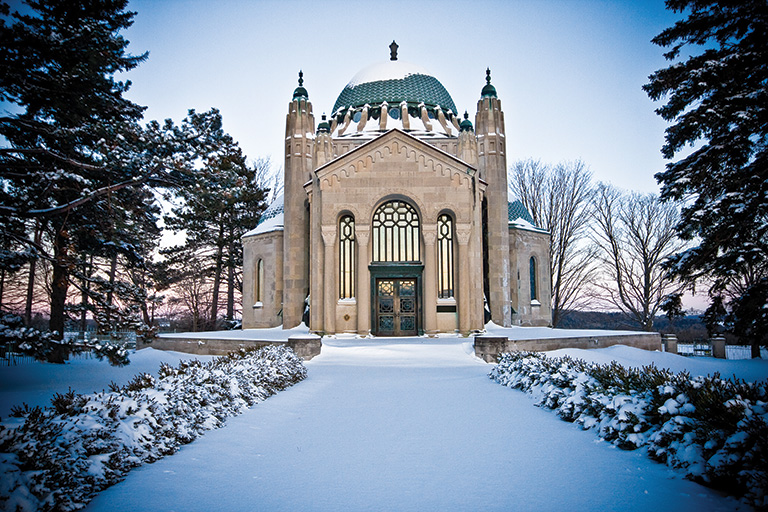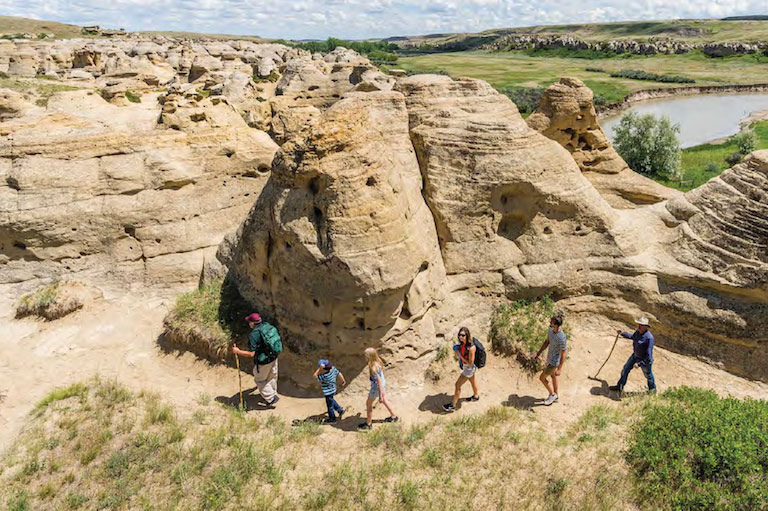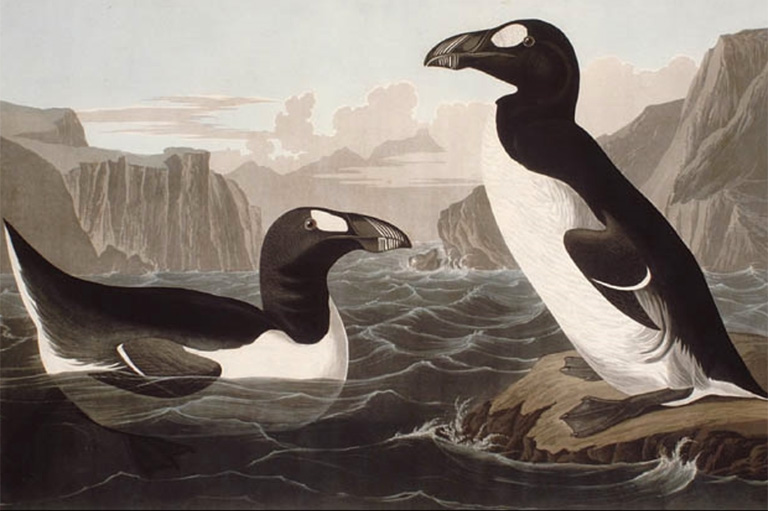Discover a wealth of interesting, entertaining and informative stories in each issue, delivered to you six times per year.
The Two-Nation Vacation
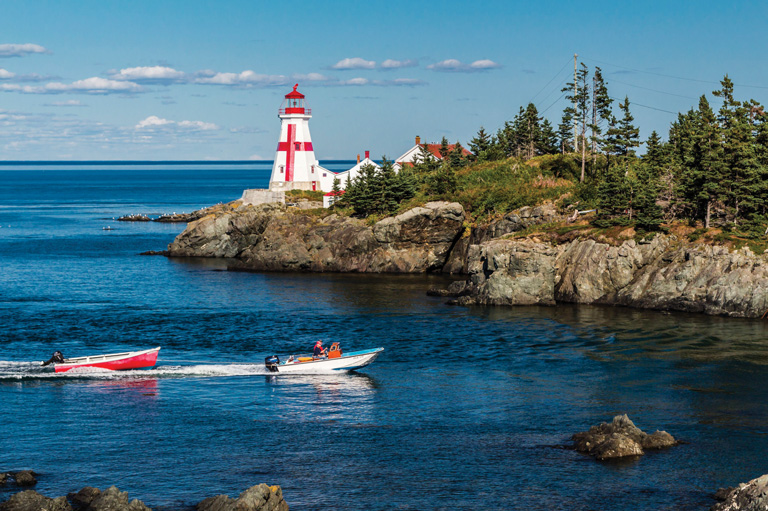
The call of a gull mingles with the sound of leaves crunching beneath my feet. Through the fog, I think I see someone raking leaves ahead. I follow the path through the woods and am startled to realize it’s a bronze statue of a French settler holding a hoe.
I see my breath in the cool morning air and wonder what the early French colonists thought as the seasons changed in 1604, the year Pierre Du Gua de Monts led an expedition to an island on the St. Croix River between what is now New Brunswick and the state of Maine. Seventy-nine men, including Samuel de Champlain — who would later found Quebec — built a fortified settlement complete with a blacksmith shop, chapel, bake ovens, and palisade.
They planted gardens but didn’t harvest enough vegetables for the long winter ahead. By spring, nearly half the settlers had died, and others were suffering from scurvy.
With the support of the Passamaquoddy people, who in March brought food to the settlers, the survivors regained their strength. They abandoned the island — now part of Maine — and moved to Port Royal, in what is now Nova Scotia’s Annapolis Valley, by autumn 1605.
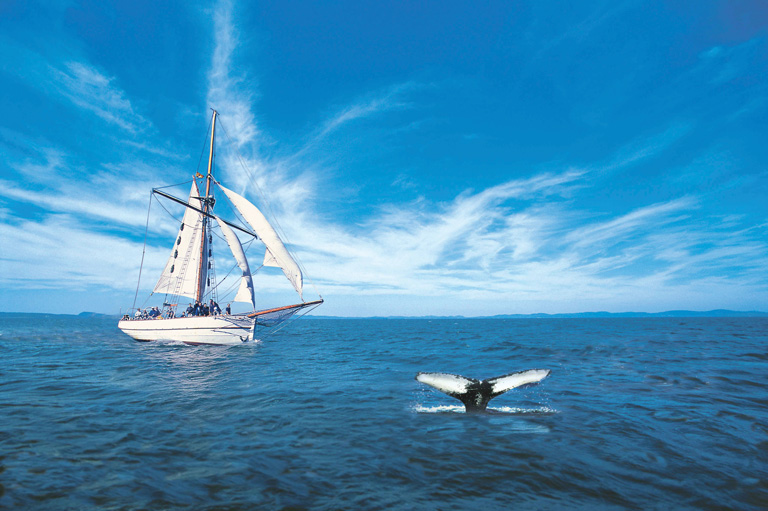
I’ve come here, to Saint Croix Island International Historic Site, to try to better understand how the region’s complex history continues to shape the relationships between not only New Brunswick and Maine, but also Canada and the United States.
The island’s historic site is American. However, there’s a Canadian version on the mainland, near Bayside, New Brunswick. After a quick drive to the border crossing at Calais, Maine, I arrive at the New Brunswick site, which overlooks the island and features a three-panel sculpture that “commemorates and celebrates the legacy of the French and Aboriginal Peoples to Canada.”
The two historic sites reflect the co-operation between Parks Canada and the U.S. National Park Service. The two countries were not always so friendly, however. At times — such as during the War of 1812 — the two were at war. Downstream, at the St. Andrews Blockhouse National Historic Site, the cannons pointing at Maine from across the river are a testament to this sometimes troubled past.
Even so, relations between people on opposite sides of the St. Croix remained cordial. The cannons were to protect St. Andrews from threats further south — not their nearest American neighbours. In fact, relations were so cordial that, during the War of 1812, the town of Calais, Maine, asked the New Brunswick community of St. Stephen for gunpowder to celebrate the Fourth of July — and St. Stephen gave it some.
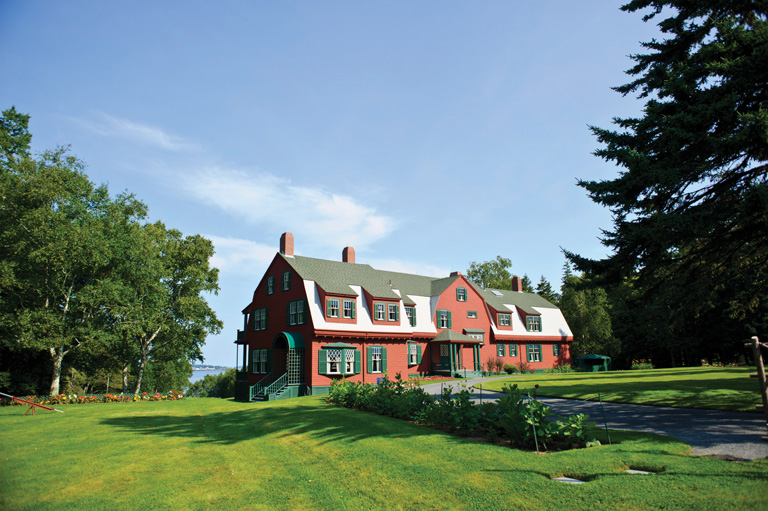
St. Andrews owes its existence to the American Revolution. In 1783, many United Empire Loyalists fled persecution in the United States for the safety of British North America. St. Andrews’ proximity to the border meant that it needed a bulwark against potential American invasion, hence the blockhouse. Highlights of the site include its eighteen-pounder and nine-pounder cannons, as well as the blockhouse itself.
By the late 1880s, the War of 1812 was a fading memory, and St. Andrews had become a summer community for wealthy Americans. The Algonquin Resort opened in 1889 and remains a major attraction in the town.
From St. Andrews, I drive to nearby L’Etete and take two ferries to get to Campobello Island in the Gulf of Maine. Like St. Andrews, Campobello has lured many Americans, including James and Sara Roosevelt.
They came to the island in 1883 with their one-year-old son, Franklin Delano, and later bought a “summer cottage” — actually a mansion with thirty-four rooms. The property is the centrepiece of the Roosevelt Campobello International Park, which celebrated its fiftieth anniversary in 2014.
I take a guided tour through the Roosevelt summer home and glimpse life among the wealthy in the early 1900s. I read about the history of Canada-U.S. relations, as well as the personal relationship between President Franklin Delano Roosevelt (FDR) and Prime Minister William Lyon Mackenzie King. The park itself is a model of co-operation, since it is owned and run by the people of two nations.
The highlight of my trip to Campobello is “Tea with Eleanor.” Over cookies and tea, I hear stories about Eleanor Roosevelt, FDR’s wife.
“Whenever things are tough, I ask myself, ‘What would Eleanor do?’ and I know what to do,” says Dawn Parker. The twenty-four year-old “Tea Lady,” a ninth-generation islander, was brought up by a single mom who raised three kids with the money she made clamming (digging clams).
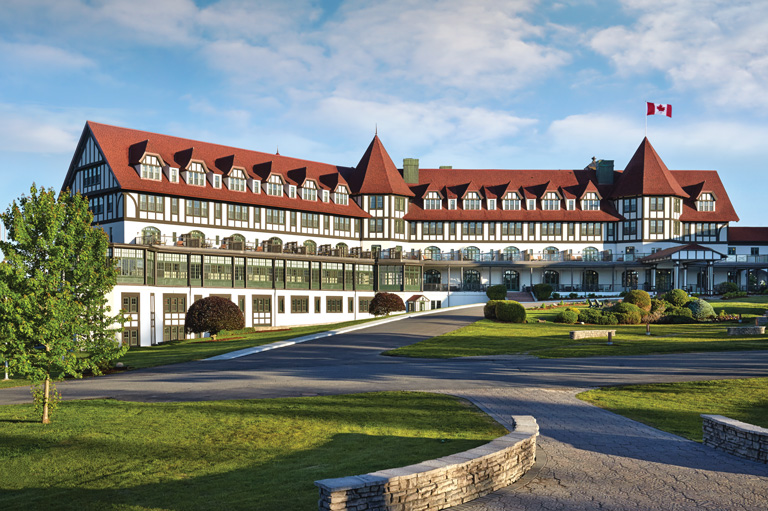
Tea with Eleanor was started after park staff noticed that they received far more questions about the former first lady than about her husband. The presentations are done in pairs — one Canadian with one American. The talks are unscripted, and the presenters are passionate.
After tea, I hike FDR’s “beloved island.” The park’s 1,134 hectares include a lighthouse, forests, old orchards, rocky outcrops, and stunning vistas.
From an observation deck, I see the bridge connecting Campobello to Lubec, Maine, the easternmost town in the continental United States.
I talk to a man raking the leaves around the cottage. After noting his thick Maine accent, I ask about the challenges of working in one country and living in another. The only problem, he says, is the construction on the international bridge. When there is only one lane free and lots of traffic, he has to bring a sandwich to work because “it takes too long to drive home for lunch.”
In an area that has seen war — including U-boats surfacing in the waters around Campobello during the Second World War — peace now reigns. Here, the border is just an imaginary line.
Artists in both countries collaborate on studio tours, and an annual international marathon runs between Lubec and Campobello. The tourism departments of Maine and New Brunswick have started a campaign known as the Two Nation Vacation.
Just as the early French settlers realized that they needed the help of the Passamaquoddy people to survive, Americans and Canadians in this region work together today to promote its natural beauty, cultural charm, and historic relevance.



